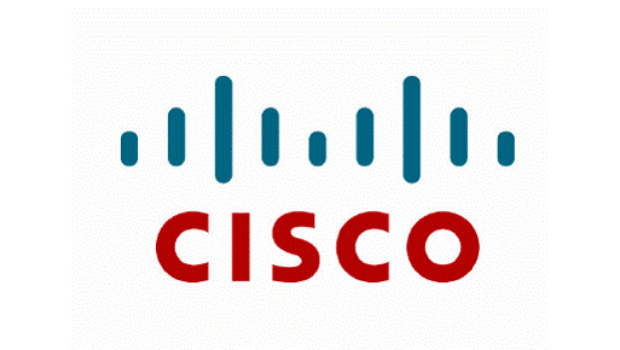Tomorrow’s applications cannot be built with yesterday’s hardware — nor should tomorrow’s hardware be built for for yesterday’s applications.
That is the view Cisco seems to embody with its new data centre switches and combined storage/network/compute HyperFlex system. These products are part of Cisco’s larger vision of a cross-cloud fabric for running the next generation of microservices-based apps.
Starting from scratch
HyperFlex, an extension of Cisco’s Unified Computing System (UCS) design, is aimed at enterprise customers who plan to deploy applications across data centre and branch office environments. Cisco claims a HyperFlex stack can be set up in minutes and can perform “flexible, adaptive, and independent” scaling of compute, network, and storage.
To accomplish this, Cisco decided it could not leverage existing file system technology. Todd Brannon, director of product marketing for Cisco UCS, described in a phone conversation how Cisco partnered with SpringPath to build it. The new log-structured object file system is not a repackaging of existing work like Red Hat’s Ceph, Brannon said, but is something entirely new built from the ground up.
A key advantage of this, according to Cisco, is the capability to distribute and tier all of the data in a cluster to eliminate data locality problems that manifest with modern applications.
“With containers, there’s a lot of ‘stickiness’ with the data,” said Brannon, meaning that containerised apps (and VMs) need their data close at hand to perform well. HyperFlex allows data to be distributed across an entire cluster at once, so if a container or VM needs to move, “their egress into the storage environment is identical no matter what node of the cluster they’re on,” he said.
Another reason for taking a from-scratch approach was to be able to provide deduplication, compression, and cloning functionality — but without the usual performance trade-offs. “If you flip on dedupe and compression on some of the other solutions out there, their performance really tanks,” said Brannon, who declined to name names.
Cisco also wants to keep the management learning curve low, so HyperFlex launches with support for VMware by way of a vCentre plug-in. Support for other hypervisors is slated for the future, and while an actual application-addressable object store will not be available at launch, “the potential is there for it,” according to Brannon.
A better backbone
HyperFlex is intended to underpin a hybrid cloud environment that spans local and remote data centres. Networking is needed to accomplish that, and so Cisco has also unveiled a new generation of Nexus-brand switches.
Speed is not the only goal with the Nexus 9000, although Cisco claims it can deliver 100Gbps, with better performance at half the cost of the competition. Transparency and manageability are advantages that Cisco sees as even more relevant.
“Consolidation of workloads on a single fabric requires better visibility,” Thomas Scheibe, senior director of product management for Cisco ACI, said in a phone interview.
As applications become increasingly distributed and lean toward a micro-services design, the network becomes more of the bus for the application than the compute layer. Being able to have real-time visibility and control over the network, at a full 100Gbps wire rate, is “not just for things like troubleshooting, but [for] capacity planning,” Scheibe said.
The next steps up (and out)
There is little question that Cisco has the networking chops for a project of this breadth. Other start-ups that deal in hyper-converged architectures might have innovative ideas for storage and compute, but there are few other hardware companies with Cisco’s pedigree in networking. Plus, UCS has been successful enough to rank fourth in the worldwide server market.
Next up is for Cisco to use HyperFlex as part of a larger strategy for multi-cloud (read hybrid cloud) application deployments, where the network is a crucial component in how applications are orchestrated, as Cisco’s new CTO, Zorawar Biri Singh, described recently. The details remain vague, though; Cisco’s previously announced “Intercloud Initiative” has not been discussed in detail since Chuck Robbins became CEO nine months ago.
But earlier today Cisco announced it had acquired CliQr, a cross-cloud application deployment company, which could be a major hint of where things might be headed. As it did with SpringPath, Cisco is not shy of bringing in outside expertise to help build its new vision — whatever form it eventually takes.
IDG News Service







Subscribers 0
Fans 0
Followers 0
Followers